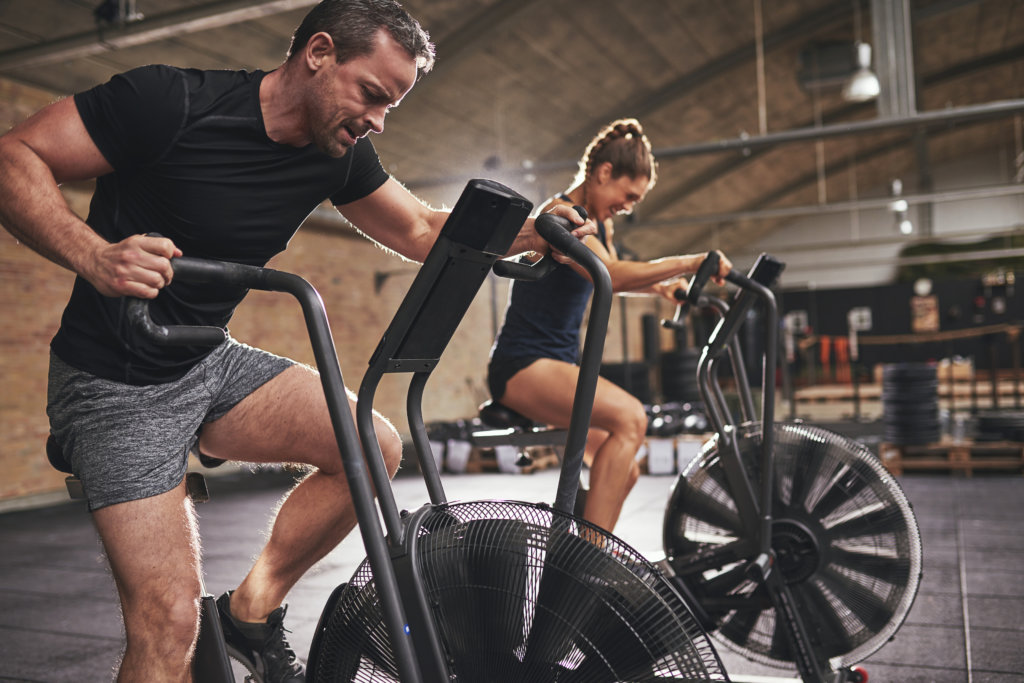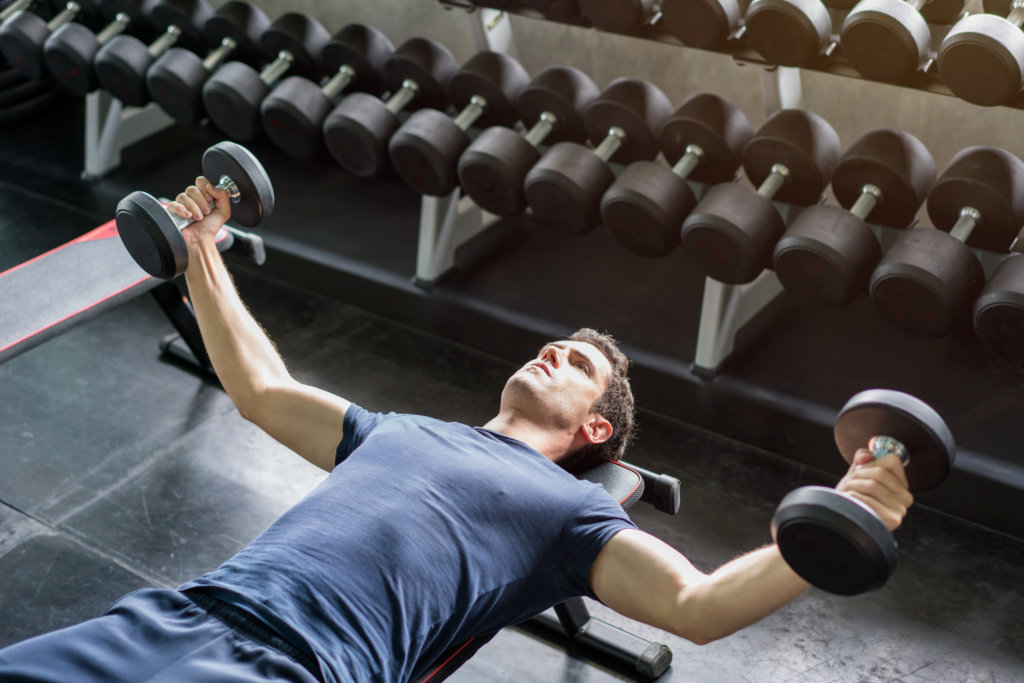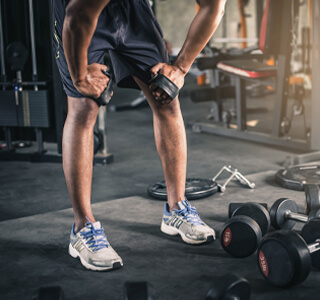7 Tips to Burn More Calories After Your Workout
With the ever-increasing mountain of responsibilities that we all have, getting everything done in a day can seem like an impossible task. Add in the time it takes to exercise and now you are looking for the “magic 25th hour.” Unfortunately, it does not exist. But the good news is, it does not have to.
Exercise forces you to burn energy (aka calories) as your body delivers oxygen to working muscles. After about two minutes of working out, your body has used all of the stored forms of energy that it can pull from. When your energy stores are depleted, a few things happen; for example, the heart rate increases to move blood that carries nutrients and oxygen to the muscles, respiration rate must increase to bring more oxygen in and to expel more carbon dioxide out of the body, and muscles must expand and contract in order to move the body or a weight through a motion. Simply put, the faster your heart rate, respiration rate, and the harder you work your muscles, the more calories you will burn.
After the workout is complete, your body continues to burn calories during the recovery process. This happens because of the increased amount of oxygen needed to clear out lactic acid, repair damaged muscle tissue, and replenish energy. This phenomenon is known as excess post-oxygen consumption (EPOC).
Though the number of calories burned through EPOC varies from person to person, research in the Journal of Sports Science found EPOC can increase calorie burn by six to 15 percent.
Steady-state (maintaining an even pace) cardio workouts cause the heart to rise to meet the energy demands as the body uses up stored energy, but once the pace is achieved, the heart rate no longer rises and settles into a straight line. When this kind of workout is complete, your metabolism will stay elevated, but only for a short period of time.
So, if steady-state does not lead to maximized EPOC, what does? Boost your post-workout afterburn with one of these strategies.
Focus on compound exercises

To get the most out of your workout, focus on bigger compound exercises, like deadlifts, over isolation moves, like a tricep extension. Compound exercises use a larger number of muscle groups and joints, upping the demand on your body both during and after the workout.
Lift heavy

Lifting heavy weights increases EPOC significantly. Cortisol, the stress hormone, and human growth hormone kick in to help lift heavy barbells, dumbbells, etc. These hormonal responses, along with the usual wear your muscles experience from strength training, can cause EPOC to stick around for up to 38 hours after your heavy lifting session.
Do not skip HIIT

HIIT, high-intensity interval training, workouts, like the Q Experience, are designed to induce EPOC. During HIIT workouts, the heart rate starts to rise as the body runs out of stored forms of energy. However, instead of settling into a pace, the workout drives the intensity up for a short period, then brings it back down to a near-resting state before returning again to a short burst of high-intensity movement. Changing between high-intensity and rest puts the body back through the process of using stored forms of energy multiple times in one workout.
Try metabolic resistance training

Similar to HIIT, metabolic resistance training burns fat and challenges both your muscles and anaerobic system. Also similar to HIIT in the way metabolic resistance training keeps your heart rate elevated by taking short rest periods, about 30 seconds, between sets. The main difference between the two kinds of workouts is that HIIT is mostly cardio-based and performed with light weights for higher reps, and metabolic resistance training requires lifting moderately heavy weights for 10 to 12 reps.
Listen to yourself

You can ensure you are continually challenging yourself by using heart-rate-based interval training. To use this method, you alternate between a challenging pace (84 to 91 percent of your maximum heart rate) and a difficult-but-doable pace (71 to 83 percent of your maximum heart rate). Related: How to Find (And Train In) Your Personal Heart-Rate Zones.
Go for supersets

Supersets, performing two exercises back-to-back, will increase the intensity of any strength-training routine. Supersets that will get you the best results are those when you pair two moves that target the same muscle groups, like dumbbell bench presses and close grip lat pulldowns.
Max it out

A simple way to boost EPOC is to use weights heavy enough that the last few reps are very challenging. The discomfort you feel lifting weights that are heavier (in proper form) increases the demand on your energy systems and wears on your muscles more, helping you burn more calories.
